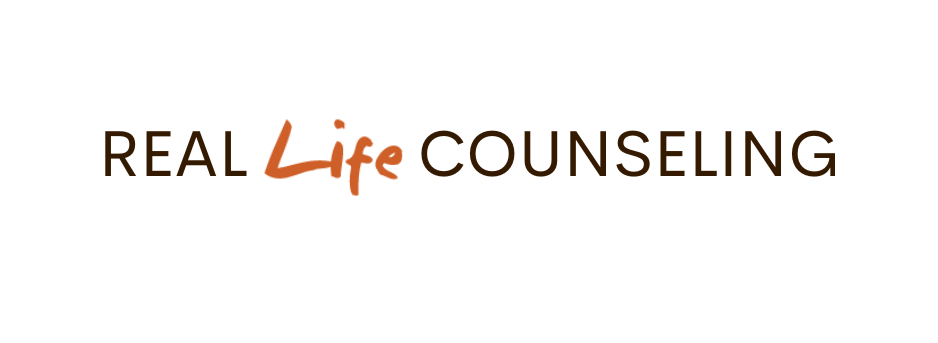When we are working through our anxiety, we often hear in our minds the decidedly unhelpful mantra “don’t worry about it.” We believe we should not have a care in the world and any anxiety at all is bad. Most of us probably know, however, anxiety does have some function. It helps us focus on things that need attention. When you are in danger, anxiety is there to help you avoid the danger. On a lower level, anxiety helps focus our attention on things we need to take care of and things that need to change.
If you have ever tried to rid yourself of anxiety, you know it is nearly impossible and sometimes counterproductive. Trying to rid ourselves of anxiety backfires in that it actually adds a layer of self-judgment. It produces thoughts like, “you shouldn’t be anxious about that.” Those are not helpful. Our anxiety is handy to have around and there are probably certain reasons it is there: our experiences, our relationships and our physiology are the main ones. There are some anxieties which may need to be resolved at a core level, rather than just trying to let them float away with the breeze.
It is helpful, as mindfulness practices teach us, to keep those anxieties in our consciousness, but not let them consume us. This is difficult, but it is easier than eliminating anxiety altogether. Again, the anxieties are not just going to disappear. If we can accept them and maybe even welcome them as a normal and appropriate part of our experience, we can address each of them when the time comes and even do other things while these anxieties hang around. We need to know they are there, but we cannot always focus our full attention on them.
Daniel Siegel, MD, (2010) talks about keeping these feelings of anxiety in the “outer wheel” of our awareness, rather than in the “hub,” which is the center of our being. If we can keep these anxieties from consuming us at our core, we can address them when it is time. It is possible to have victory. Anxiety doesn’t have to run the show. It can be helpful, but we have to be in control of it and not the other way around. Here’s to overcoming our fears, one little anxiety at a time!
—
Siegel, Daniel, J. (2010). The mindful therapist: The clinician’s guide to mindsight and neural integration. New York: W.W. Norton & Company.

